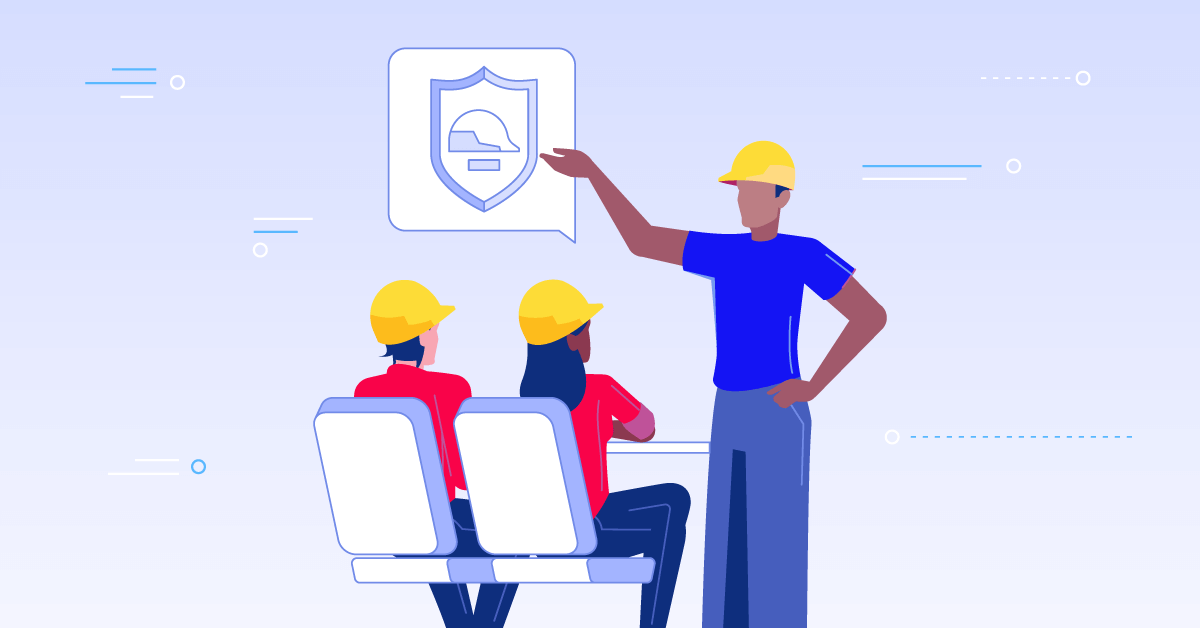On the flip side, an enthusiastic trainer has a vibrant learning community that evolves according to the learner and training needs. Apart from this valuable trait, there are the famous 3 Ps that need to be implemented for an effective eLearning course.
The online trainer functions have been the pinnacle of debate for the past two decades. Every eLearning researcher has come up with timely functionalities and roles to be executed by the trainer.
For our current times, with the proliferation of educational technology and devices, Pallof and Pratt’s (2007) model of People, Purpose and Process (3 Ps) can be used as a guide to ensure that the trainer is executing all that is required. In this article, we share and discuss these 3 Ps.
People: People are the first layer of an eLearning environment. These include the learners and the instructional team. There could be more than one trainer working with learners on a course. When groups of learners are assigned a trainer in an eLearning course, a stronger social presence is to be expected.
This is because of the deeper level of engagement encouraged by trainers. Manageable groups of learners experience a greater sense of community and binding with distant peers and their trainer. They are able to correspond without hesitation on ideas and expression of problems.
The trainer needs to utilize the desirable methods of connecting like-minded and similarly aspired learners together for a powerful sense of community. Being in frequent touch with all learners is the key here.
Purpose: Establishing learning community rules and Learning Management System usage guidelines early on in the training program provides a sense of purpose and confidence in every action the participants take. The trainer can also add to these rules by asking learners about their personal opinions on what should or should not be enforced.
Trainers are responsible to show the designated areas for finding new content, for discussing various topics, an area for resources (where everyone involved in the training can post) and for uploading assignments. There should also be an area for “technology tutoring”.
This is a common area for all eLearning programs, where learners are instructed “at a glance” in regards to the common productivity tools that enable learners to publish their assignments online or present them in an innovative manner. Submitting assignments and projects using these tools adds another learning dimension that strengthens the purpose of the training program and consequently, learning satisfaction.
Process: The processes deployed to run the eLearning program include the various formats of expressing the act of learning. Trainers should be aware of the different assignment and interaction formats (productivity tools, types of online submissions and multimedia) to build a robust learning community. Group collaboration should be asynchronous or synchronous, depending on the topic of discussion.
Learners should log their learning process through reflection. This ties their current experience with their existing knowledge to create new knowledge for future job roles. Group knowledge is social knowledge; it’s precious in any eLearning course.
Trainers should be able to generate this precious knowledge and sum it up in the form of touch points and bullet lists for all learners to agree upon. In short, the process should aim towards creating group-based knowledge.
Outcomes of the 3 Ps Model: The 3 Ps model guarantees the development of co-created knowledge. This type of knowledge holds a greater value for all learners and is hard to forget.
It leads to transformative learning – a step all line managers are looking forward to. It encourages participants to announce their presence and reinforce it through various strategies (uploading resources for others, posting questions or answering someone, posting a technology tutorial, sharing a “lessons learned” experience, etc.).
This model also enables the online trainer to foster self-direction in learners to realize their potential and plan their future learning.
Trainers who enforce the 3 Ps model can expect a higher enrollment rates and requests for more training programs!
An eLearning environment is distinct from the face-to-face training environment. Many steps that are taken for granted in the live environment are deliberate and planed in the eLearning environment.
Trainers can be confident when running their online courses if they keep the above mentioned 3 Ps in mind. These are the fundamental responsibilities required by the trainer that enable a successful eLearning experience for all stakeholders.


